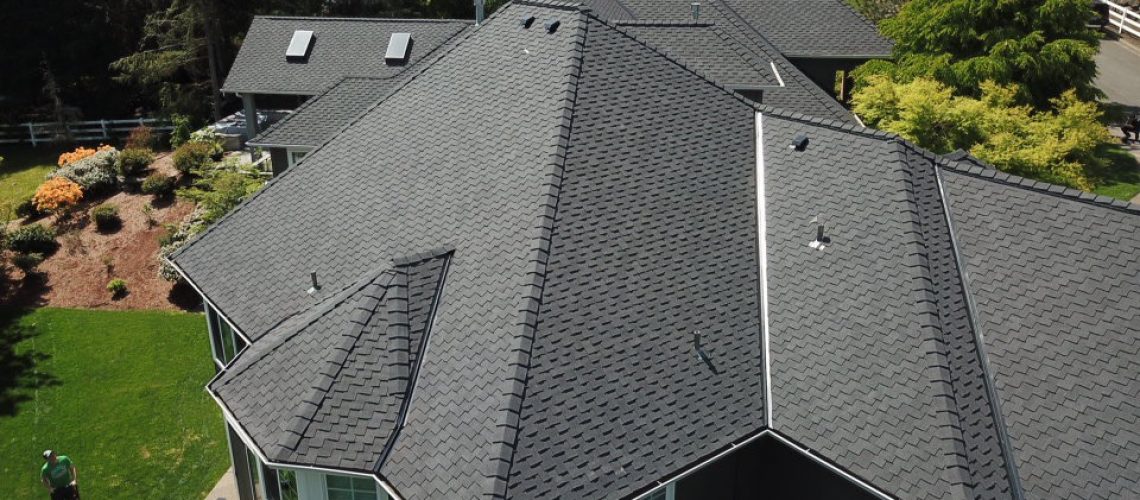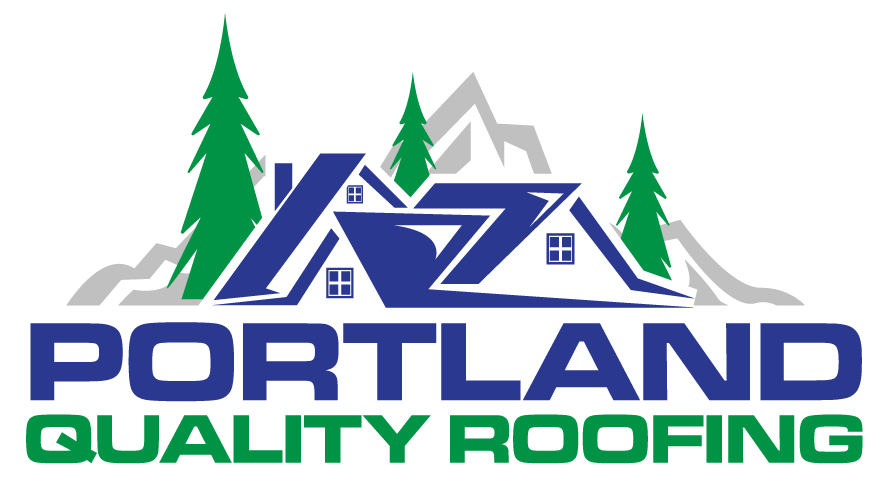Share this article
Share on facebook
Share on google
Share on twitter
Share on print
Share on email

The short answer is yes, you can lay new roof shingles over the old ones. Let’s take a look at why some homeowners go this route and then we’ll consider a few reasons why we don’t recommend it. But before we get started, one thing must be clear: adding new roofing over old (sometimes called a “roof over or re-cover”) is possible only with asphalt shingles (also called “composition shingles”). You can’t do it with wood or metal, for example, and you should never mix materials, such as laying asphalt shingles over cedar shakes. Also, the old roofing has to be in pretty good shape.
Why do some homeowners choose to add additional layers?
Adding additional layers does not make a new roof any more waterproof, on the contrary, it often creates its own problems. The reason some homeowners choose to do it is to save time and money. By keeping the old shingles on, they skip the messy and labor-intensive tear-off step and they will save some money on the roof project. Even though you will save money in labor by not tearing off the old roof, you will need to do some special prep work (removing vents, ridge caps and warped shingles, among other things) and you still have to replace or add new flashing, which sometimes can be complicated over old roofing. Getting rid of the tear-off and disposal can easily save $1,000 to $2,000 depending on the size of your roof, but you’re really just delaying the cost: when it’s time to replace the roof again and you have no choice but to remove the existing shingles (two layers is the maximum allowed in most areas), you’ll have to pay extra for the two-layer tear-off and disposal.
Why adding additional layers is not recommended?
As we have seen so far, the potential cons of a roof over tend to outweigh the potential pros, but it all depends on your situation. The following list includes some reasons not to do a roof over as well as some things to check out if you’re seriously considering adding a second layer of shingles.
In conclusion, Portland Quality Roofing Inc recommends removing all existing roofing material before installing your new roof. The temporary savings are just not enough considering the risks associated with re-covers. If you would like to know or want to schedule a free consultation, please submit your information here.
Does my roof need to be replaced? | Should I repair or replace my roof? | How important is having a good roof? | Can I re-roof my house on my own? | Can I add a second layer of shingles to my roof? | How much does a new roof cost? | How much value does a new roof bring to your home? | What is the process for re-roofing my house? | What are the main components of a roofing system? | The importance of having a good roof deck & Do I need to install plywood over shiplap / tongue & groove decking? | Why is the roof underlayment so important? | How important are roof flashings and what are the different types? | Why is attic ventilation essential for a good roofing system? | What types of roofing materials are available and what are the pros and cons of each? | What are the top shingle manufacturers? | How important is the warranty of workmanship and materials? | How long does a new roof last? | How to maximize the life of your roof?
